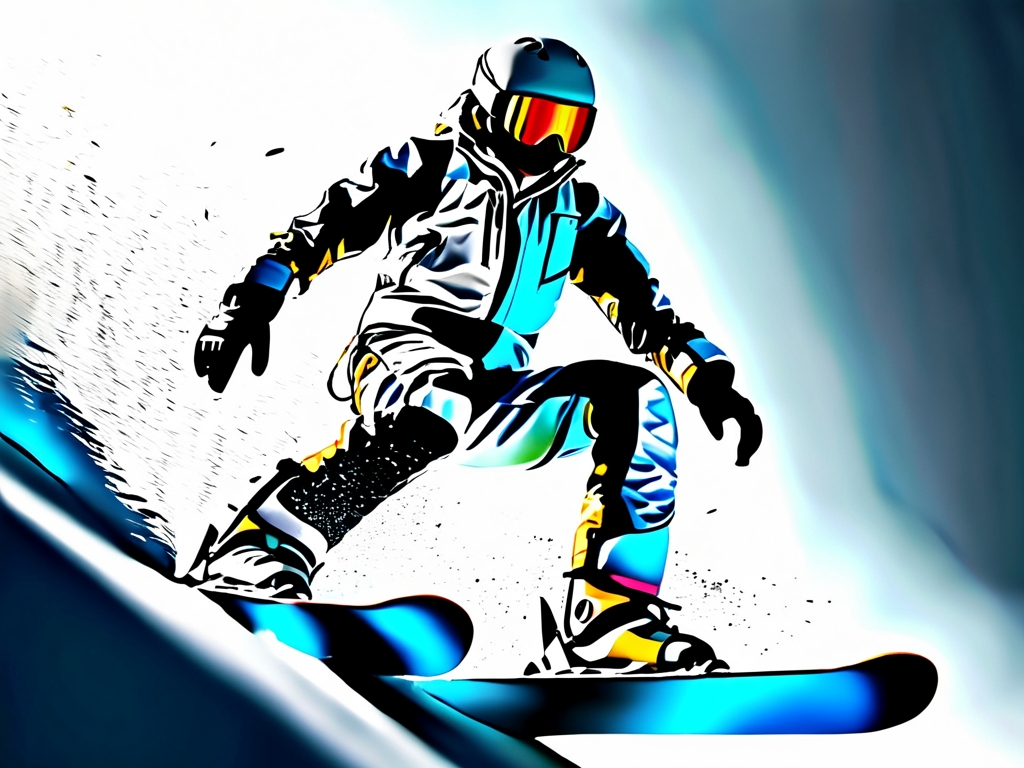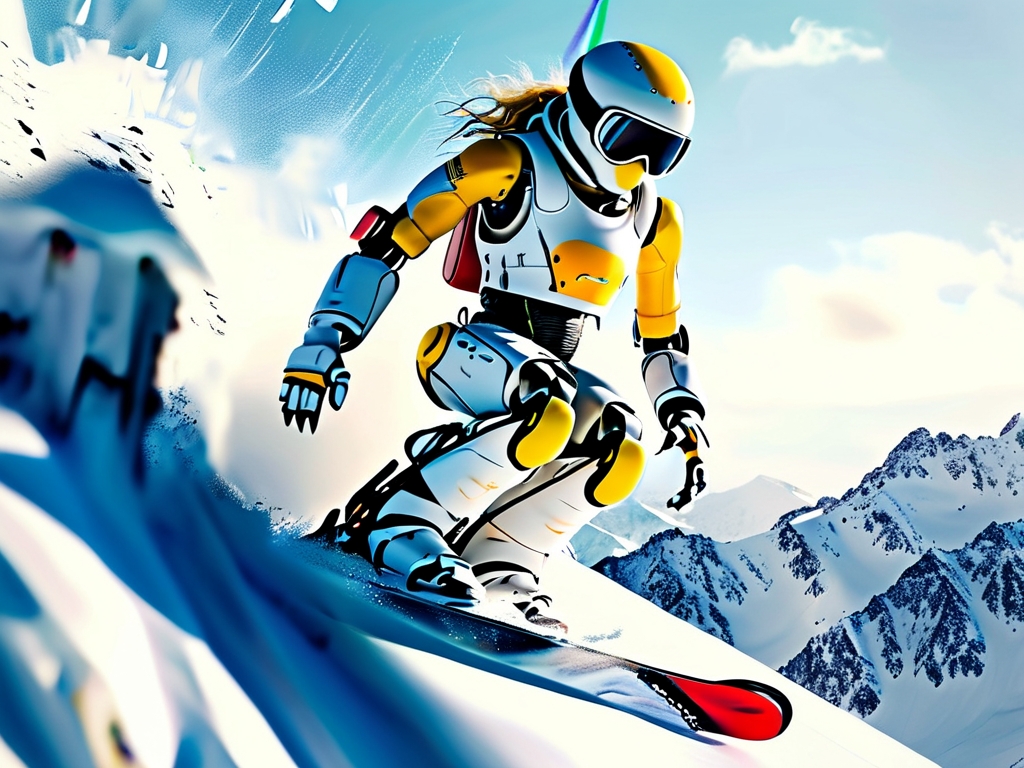The intersection of robotics and winter sports has reached a groundbreaking milestone with the emergence of robotic skiing technology. Combining advanced artificial intelligence, precision engineering, and adaptive control systems, robots designed for skiing are redefining the boundaries of autonomous mobility in extreme environments. This article explores the core technical features that enable these machines to navigate snowy slopes, analyze their operational challenges, and envision their potential applications.
1. Sensor Fusion and Environmental Perception
A cornerstone of robotic skiing lies in its ability to perceive and interpret dynamic terrain. Modern skiing robots integrate multisensor systems, including LiDAR, stereoscopic cameras, and inertial measurement units (IMUs), to create real-time 3D maps of slopes. For instance, the SkiBot-X3 developed by the Alpine Robotics Lab uses LiDAR to detect snow density variations, while thermal cameras identify icy patches. These sensors feed data into neural networks trained to classify terrain types—powder, slush, or hardpack—and adjust movement strategies accordingly. This fusion ensures stability even on unpredictable surfaces, mimicking a human skier’s instinctive adjustments.

2. Dynamic Balance and Adaptive Control Algorithms
Maintaining balance on skis requires constant micro-adjustments to weight distribution. Robotic skiers employ reinforcement learning algorithms to simulate muscle reflexes. The SnowRider project by MIT’s Robotics Team, for example, uses a proprioceptive feedback loop where actuators in robotic joints respond to tilt angles measured at 200 Hz. By combining model predictive control (MPC) with deep learning, these systems predict shifts in center of mass and preemptively correct posture. This dual approach allows robots to recover from perturbations, such as sudden drops or moguls, without human intervention.
3. Energy-Efficient Actuation Systems
Skiing demands bursts of power for turns and jumps, interspersed with energy conservation during glides. To address this, robotic skiers utilize hybrid actuation systems. Pneumatic actuators provide explosive force for maneuvers, while electric motors handle fine-grained adjustments. The GlacierBot-7, a prototype by Norwegian engineers, employs shape-memory alloys in its knee joints, reducing energy consumption by 40% compared to traditional servo motors. Additionally, regenerative braking systems capture kinetic energy during descents, extending operational durations in remote alpine environments.

4. Human-Robot Interaction and Collaborative Skiing
Beyond solo performance, robotic skiing technology is evolving to support human collaboration. Wearable exoskeletons like SkiAssist Pro use haptic feedback to guide amateur skiers through optimal turning paths, while autonomous ski patrol robots (e.g., AvalancheRescuer Q5) can locate buried victims using ground-penetrating radar. These systems rely on ultra-low-latency communication protocols to synchronize with human partners or other robots, enabling tasks like synchronized team skiing or obstacle clearance in competitive settings.
5. Challenges and Future Directions
Despite progress, robotic skiing faces hurdles. Variable snow conditions remain difficult to model, and battery performance drops significantly in subzero temperatures. Researchers are exploring biomimetic designs, such as seal-inspired fur textures to reduce snow adhesion, and phase-change materials for thermal management. The next frontier involves integrating swarm intelligence for multi-robot slope maintenance or creating AI coaches that analyze skiers’ techniques in real time.
In , robotic skiing exemplifies the fusion of cutting-edge AI, materials science, and mechanical engineering. As these systems grow more sophisticated, they promise not only to advance winter sports but also to inspire innovations in search-and-rescue robotics, environmental monitoring, and beyond. The slopes of tomorrow may feature humans and robots skiing side by side, each pushing the other to new heights.

